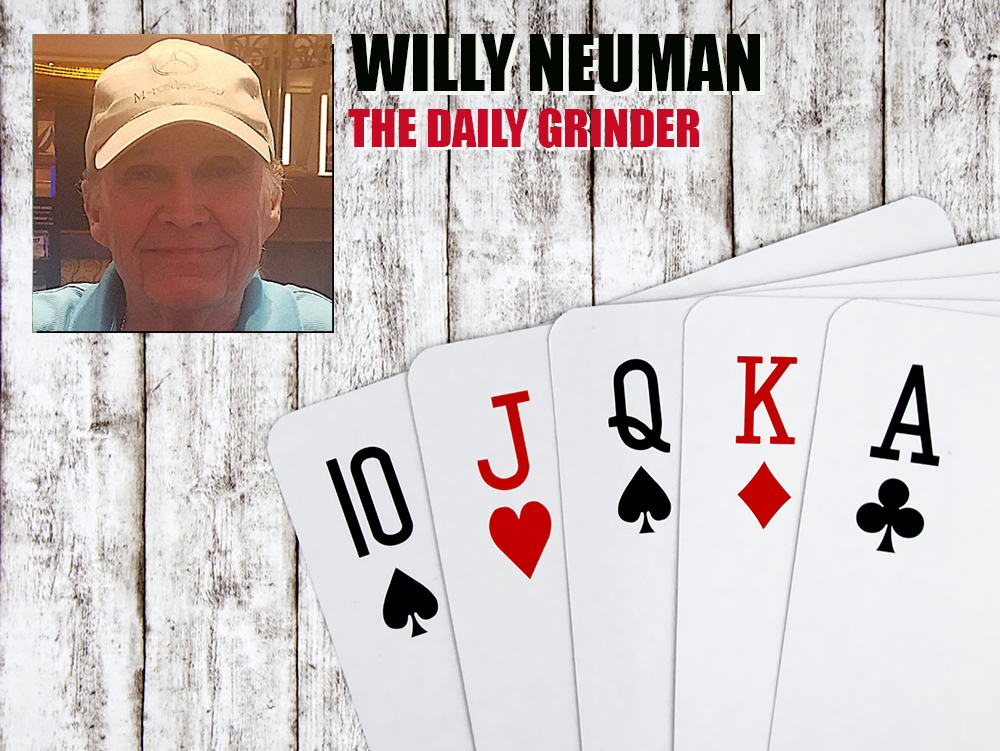Do you want to hear a bad-beat story? It’s not mine and I won’t bore you with the details, but he lost a huge pot with a one-outer. He bolted up from his chair and went on and on about the monumental injustice he had just experienced. But here’s the rub: It wasn’t really a bad beat.Had the sore loser been able to analyze the hand, he would’ve seen the other player had two more ways to win the hand: by making a straight or a flush. Instead, he caught the case 10 for trips to crush the loser’s top two pair.
So, what, exactly, is a bad beat? Let’s take a quiz to see.
A.You have pocket aces and your opponent has nines. The first four cards are rags and the river is a nine. To make matters worse, another player at the table announces she mucked a nine.
B.You flop a flush and your opponent flops a set and boats up on the river.
C.You flop a set and the board pairs on the river, but that gives two others a straight flush.
D.You have pocket jacks and someone has 2-3 offsuit. You raise preflop and he calls. The flop comes 6-8-9. The turn is a three and the river pairs his deuce.
The first example isn’t a bad beat. The player had every reason to stay until the river and no way of being certain you had an overpair. The river producing a nine isn’t relevant as it wasn’t known until after the fact.
B isn’t a bad beat. The player had ample reason to go for the full house and had a relatively good chance of getting there, about 35 percent.
How about C? Nope. It’s not unusual for players to go for the flush if they think it will beat your made hand. Both players were certain they would have a lock if just the right river card hit the board and could win if any club materialized.
Maybe D? Yes, this is a legitimate bad beat. This hand has all of the ingredients of a bad beat:
- He had no business calling the raise before the flop.
- It made no sense to call on the flop.
- There was next-to-no purpose for him to see the river.
He had a 15 percent chance of winning the hand before the flop, 3 percent after the flop and just 11 percent after the turn.
Let’s take the components from the last example and assemble them into a workable formula that defines a bad beat. Your opponent only can win if the board hits his hand runner-runner. Reducing it to a percentage, he has no more than a 5 percent chance of winning after the flop.
And there you have it. The conundrum of what is a bad beat is finally. … at least until somebody comes up with a better definition. — Willy Neuman




